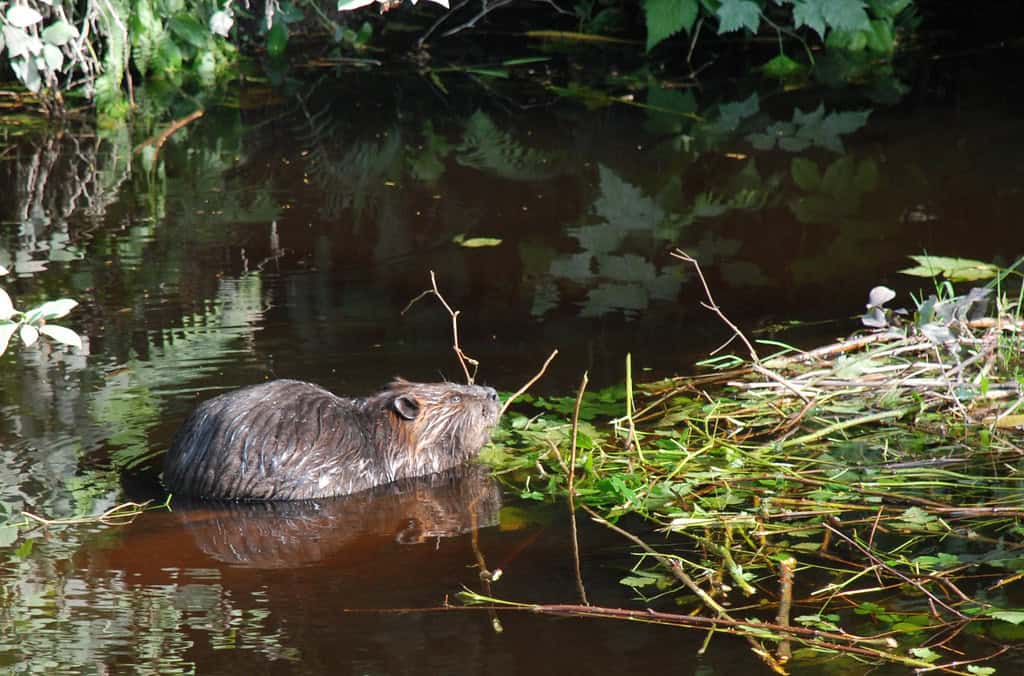The Mississippi River Valley is one of North America’s most diverse and ecologically significant regions, stretching from Minnesota to Louisiana and carving through the heart of the United States. This vast watershed encompasses numerous ecosystems including wetlands, forests, bluffs, and floodplains that support an extraordinary array of wildlife. From microscopic organisms to apex predators, the creatures that call this region home have adapted to its seasonal floods, nutrient-rich waters, and varied habitats. The river itself acts as both a habitat and a highway, supporting resident species while providing a crucial migration corridor for countless others. Let’s explore the fascinating animals that inhabit this remarkable river valley and discover how they contribute to one of the continent’s most dynamic ecosystems.
The Mighty Mississippi: An Ecological Highway

The Mississippi River system is North America’s largest river basin, draining more than 1.2 million square miles across 31 states and two Canadian provinces. This massive waterway creates a 2,350-mile corridor that has shaped the continent’s ecology for millennia. The river and its tributaries form a complex network of habitats that support over 400 fish species, 300 bird species, 50 mammal species, and countless invertebrates.
The river’s north-south orientation makes it particularly important as a migratory flyway for birds, with approximately 40% of North America’s waterfowl and shorebirds using the Mississippi Flyway during their annual migrations. This ecological highway not only connects different regions but also transports nutrients, sediments, and organisms throughout the system, creating a dynamic environment where diverse species thrive in specialized niches from the headwaters to the delta.
Aquatic Mammals: River Residents

Several fascinating mammal species have adapted to life in and around the Mississippi’s waters. The North American river otter (Lontra canadensis) is perhaps the most charismatic, with its playful behavior and streamlined body perfectly suited for swimming. These social mammals can be spotted throughout the river valley, using their sensitive whiskers to locate fish, crayfish, and other prey in murky waters. After nearly disappearing from many parts of the river basin due to overhunting and pollution, river otters have made a remarkable comeback thanks to conservation efforts.
Another notable aquatic mammal is the American beaver (Castor canadensis), nature’s engineer. Beavers create dams and lodges along tributaries of the Mississippi, fundamentally altering water flow and creating wetland habitats that benefit countless other species. Their activities help control flooding, filter water, and create diverse habitats. The Mississippi River Valley is also home to several muskrat species, mink, and in southern portions, even introduced nutria. These mammals play important roles in the river ecosystem, from seed dispersal to controlling invertebrate populations.
Fish Diversity: From Tiny Minnows to Monster Catfish
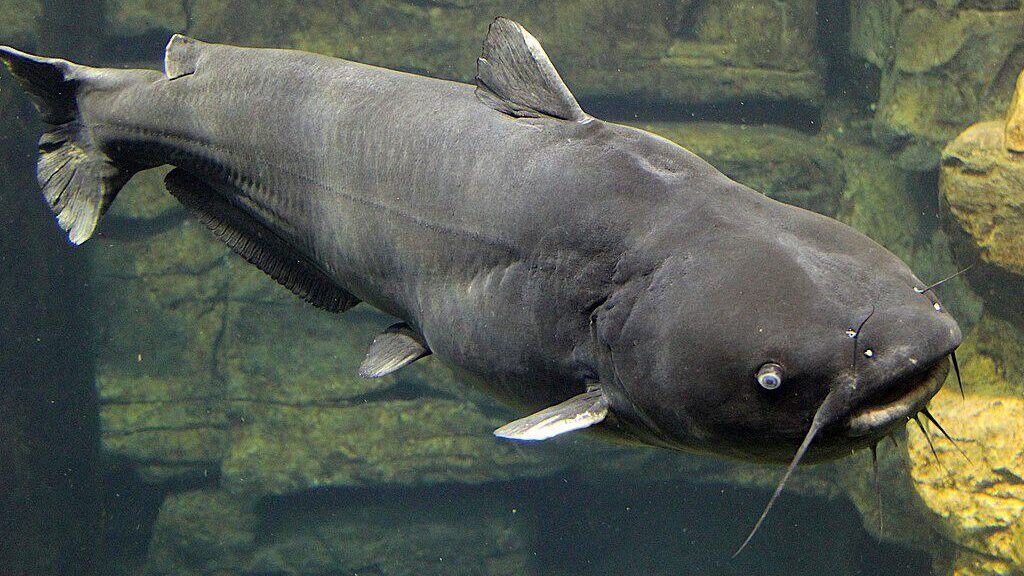
The Mississippi River basin supports an extraordinary diversity of fish, ranging from tiny darters that rarely exceed a few inches to massive catfish weighing over 100 pounds. One of the river’s most iconic species is the blue catfish (Ictalurus furcatus), which can grow to enormous sizes in the deep channels of the lower Mississippi. The current world record blue catfish weighed 143 pounds and was caught in the Mississippi River. These bottom-dwellers use their sensitive barbels or “whiskers” to locate prey in the murky river depths.
The river is also home to several ancient fish species, including the American paddlefish (Polyodon spathula) and various sturgeon species. These prehistoric-looking fish have remained relatively unchanged for millions of years. The paddlefish, with its distinctive paddle-shaped rostrum, filters plankton from the water while sturgeon use their tubular mouths to vacuum up invertebrates from the river bottom. Unfortunately, many of these ancient species face threats from habitat modification, pollution, and overfishing, with some sturgeon species now endangered throughout much of their range.
Birds of the Floodplain: Aerial Predators and Migrants

The Mississippi River Valley hosts an incredible variety of bird life, with the river’s floodplains, bluffs, and backwaters providing critical habitat for both resident and migratory species. Bald eagles (Haliaeetus leucocephalus) have made a dramatic comeback along the river, with hundreds gathering during winter months to feed on fish when northern waters freeze. These majestic raptors build massive nests in tall trees overlooking the river, providing them with easy access to their primary food source.
Wading birds like great blue herons, egrets, and bitterns stalk the shallows for fish and amphibians, while wood ducks nest in tree cavities along forested shorelines. During spring and fall migrations, the river becomes a superhighway for birds, with millions of waterfowl, shorebirds, and songbirds following the Mississippi Flyway. This crucial migratory corridor stretches from the Gulf of Mexico to the Arctic, with many species depending on the wetlands and forests of the Mississippi Valley as stopover sites to rest and refuel during their long journeys.
Reptiles: Scaly Survivors
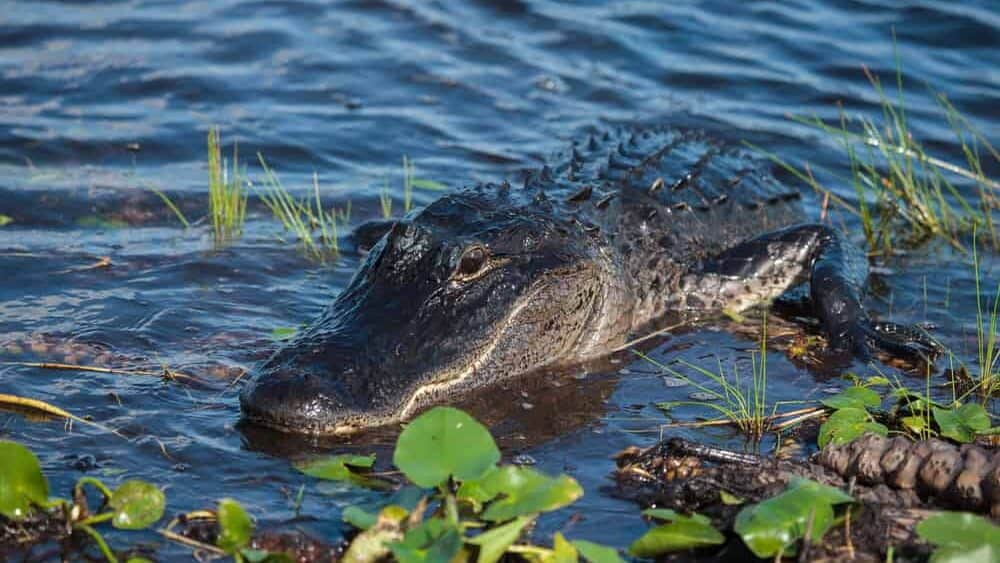
The Mississippi River Valley’s warm, humid climate is ideal for reptiles, with numerous turtle, snake, and lizard species making their homes in its diverse habitats. The American alligator (Alligator mississippiensis) inhabits the lower reaches of the Mississippi, particularly in Louisiana and Mississippi. These impressive reptiles can grow to over 13 feet long and serve as apex predators in southern wetlands. Once threatened with extinction due to overhunting, alligators have recovered thanks to protection and management efforts.
Turtles are particularly diverse in the Mississippi Valley, with more than 20 species including the alligator snapping turtle (Macrochelys temminckii), one of the world’s largest freshwater turtles. These prehistoric-looking creatures can weigh over 200 pounds and possess a remarkable hunting adaptation—a worm-like tongue appendage they use to lure fish into their powerful jaws. Other common reptiles include water snakes, rat snakes, and various lizard species that help control insect and rodent populations throughout the river corridor.
Amphibians: Indicators of Ecosystem Health
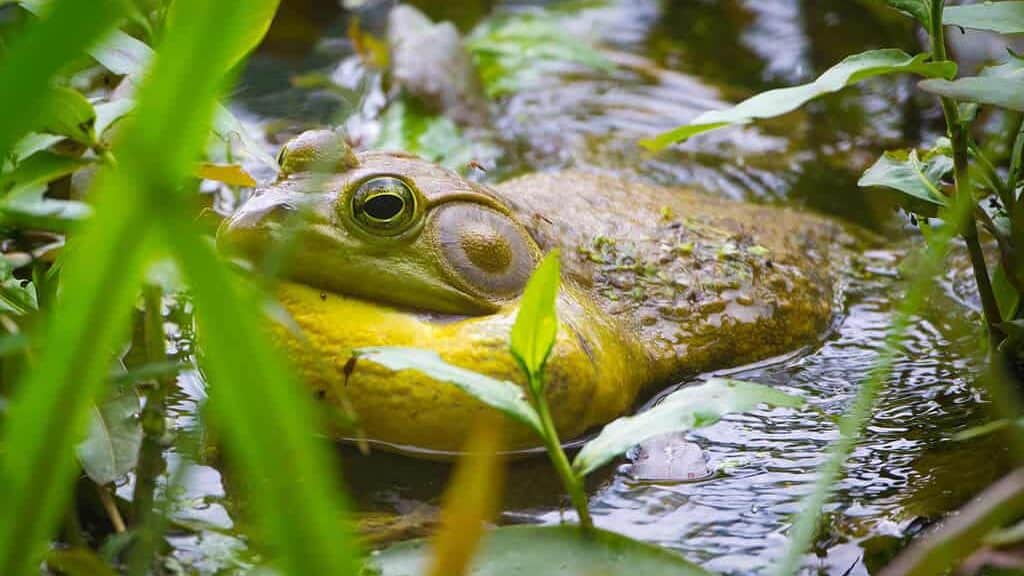
Amphibians serve as important biological indicators in the Mississippi River Valley, with their permeable skin making them particularly sensitive to environmental changes and pollution. The region supports numerous frog, toad, and salamander species that depend on the river’s wetlands for breeding. The American bullfrog (Lithobates catesbeianus), with its distinctive deep “jug-o-rum” call, is among the most recognizable amphibians in the river basin. These large frogs can measure up to 8 inches in length and play important roles as both predators and prey.
The Mississippi River Valley is also home to several salamander species, including the mudpuppy (Necturus maculosus), an entirely aquatic salamander with external gills that allow it to remain underwater permanently. Spring peepers, chorus frogs, and tree frogs create impressive breeding choruses in seasonal wetlands throughout the valley. Unfortunately, many amphibian populations are declining due to habitat loss, pollution, and diseases like chytrid fungus, making conservation of the river’s diverse wetland habitats increasingly important.
Invertebrates: The Unseen Majority
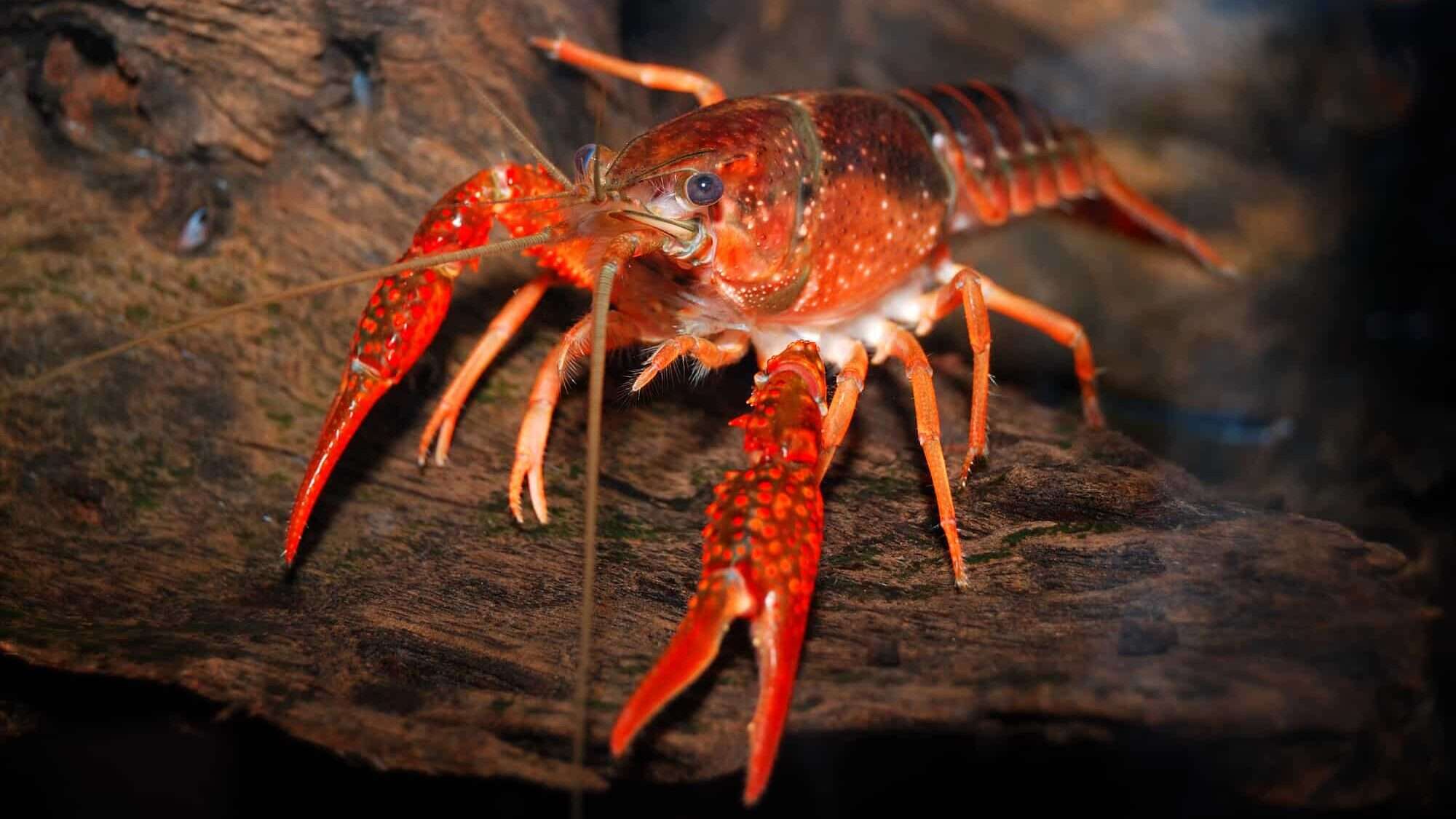
Though often overlooked, invertebrates constitute the vast majority of animal species in the Mississippi River ecosystem and form the foundation of its food web. The river was once famous for its abundant freshwater mussels, with over 50 species inhabiting its waters. These filter-feeders play crucial roles in maintaining water quality by removing algae, bacteria, and pollutants. Sadly, many mussel species have declined dramatically due to pollution, habitat alteration, and invasive species, with some now extinct or endangered.
Crayfish, often called crawfish or crawdads in different regions, are another important invertebrate group, with dozens of species adapted to various habitats from fast-flowing streams to swampy backwaters. These crustaceans serve as both decomposers and prey for numerous fish and birds. The river also supports countless insect species, including dragonflies, mayflies, and stoneflies, whose aquatic larvae form a critical food source for fish. Periodic mayfly hatches can be so massive that they appear on weather radar, with billions emerging simultaneously to mate before dying within 24 hours.
Invasive Species: Unwelcome Additions

Despite its ecological richness, the Mississippi River Valley faces serious threats from non-native invasive species that have dramatically altered its ecosystems. Asian carp, including silver, bighead, black, and grass carp, were introduced for aquaculture purposes but escaped into the river system during floods in the 1970s. Silver carp are infamous for leaping several feet out of the water when disturbed by boat motors, sometimes injuring boaters. These filter-feeding fish can consume up to 40% of their body weight daily in plankton, potentially outcompeting native species for this crucial food resource.
Zebra and quagga mussels represent another significant invasive threat. These small but prolific mollusks arrived in North America via ballast water from ships and have spread throughout much of the Mississippi system. A single female zebra mussel can produce up to one million eggs annually, and their tendency to attach to hard surfaces in dense colonies clogs water intake pipes, damages boats, and smothers native mussel species. Other problematic invasives include the round goby, rusty crayfish, and Asian clam, all of which disrupt natural ecological relationships in this important river system.
Mammals of the Floodplain Forests
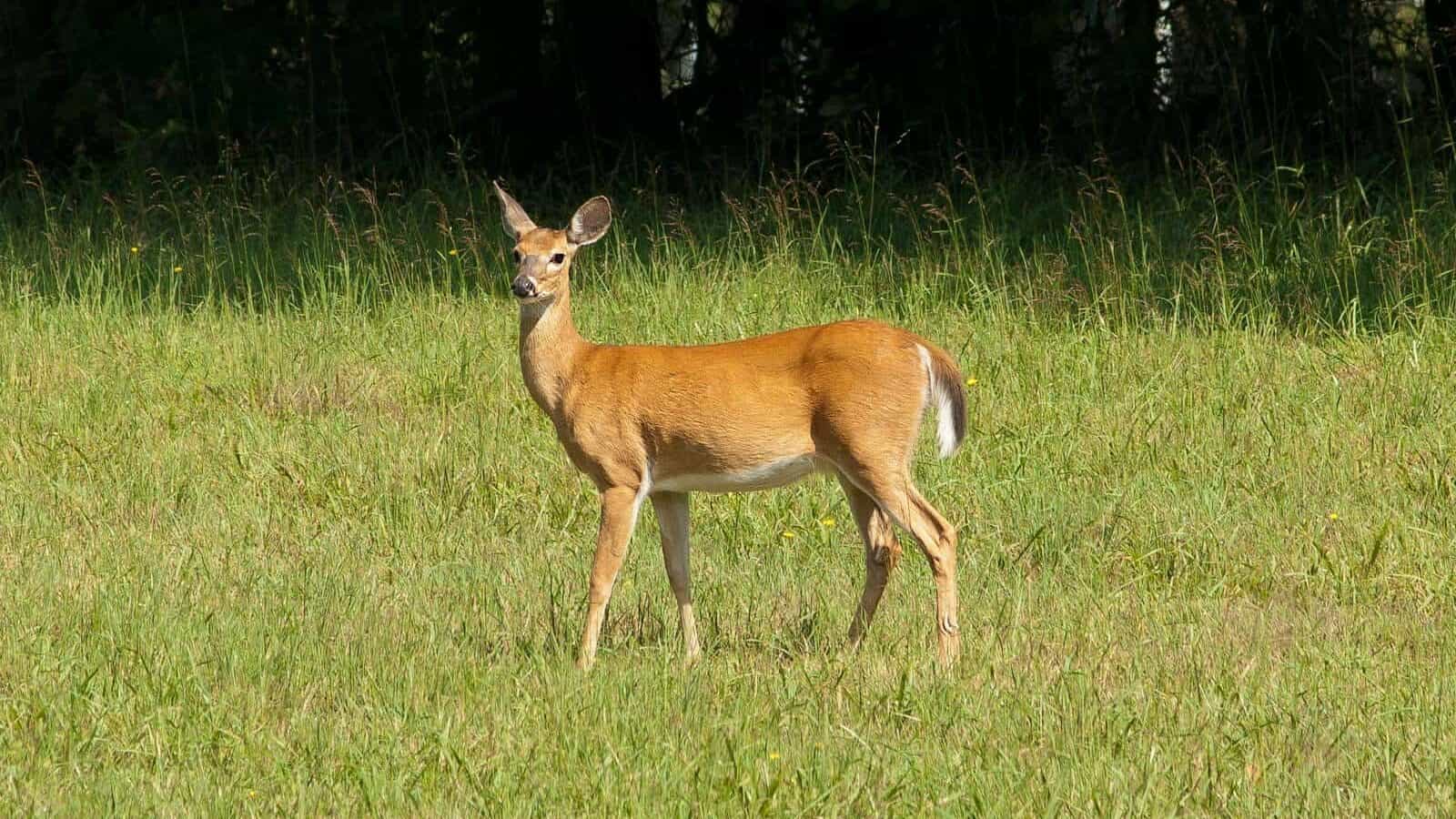
The Mississippi River Valley’s floodplain forests provide habitat for a diverse array of mammal species. White-tailed deer (Odocoileus virginianus) are abundant throughout the river corridor, browsing on vegetation and dispersing seeds through their droppings. These adaptable ungulates have learned to thrive even in areas with significant human development. Other herbivores include eastern cottontail rabbits, various rodent species, and in northern portions, occasional moose that venture into wetland areas to feed on aquatic vegetation.
Predatory mammals are equally important components of the river valley ecosystem. Coyotes have expanded their range throughout the Mississippi basin, adapting to both rural and urban environments. Bobcats hunt in more remote forested areas, while river otters and mink patrol the water’s edge. The region was once home to larger predators like wolves, mountain lions, and black bears, though these species were largely eliminated from most of the river valley by the early 20th century. In recent decades, however, black bears have begun returning to portions of the upper and middle Mississippi Valley, reclaiming habitat in less developed areas.
Unique Microhabitats and Their Specialists
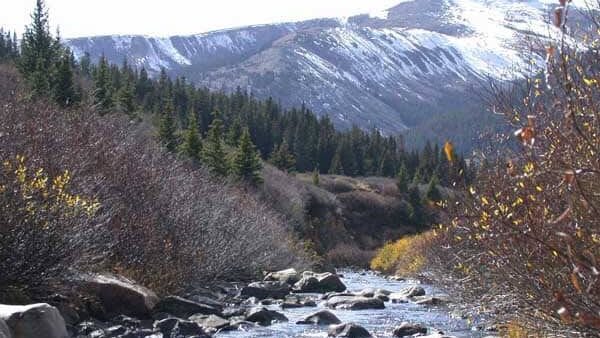
The Mississippi River Valley contains numerous specialized microhabitats that support unique ecological communities. Limestone bluffs along the upper Mississippi provide nesting sites for peregrine falcons and habitat for rare plant communities. These falcons nearly disappeared from the region due to DDT contamination but have made a remarkable recovery following conservation efforts. The river’s sandbars create critical nesting habitat for endangered interior least terns and piping plovers, which lay their well-camouflaged eggs directly on the sand.
Bottomland hardwood forests that flood seasonally support specialized communities of plants and animals adapted to this dynamic environment. Wood ducks nest in tree cavities above flood levels, while prothonotary warblers—brilliant yellow songbirds nicknamed “swamp canaries”—specialize in these wet forests. Ephemeral wetlands that fill with spring floodwaters provide crucial breeding habitat for amphibians and invertebrates that complete their life cycles before the wetlands dry in summer. These temporary pools are especially important because they lack fish that would otherwise prey on eggs and larvae, allowing species like spotted salamanders and fairy shrimp to thrive.
Conservation Challenges and Successes

The Mississippi River Valley faces numerous conservation challenges, from habitat loss and fragmentation to pollution and climate change. More than 80% of the river’s original floodplain forests have been cleared for agriculture and development, while levees and dams have dramatically altered its natural flow patterns. Agricultural runoff contributes excess nutrients that fuel algal blooms and create a massive “dead zone” in the Gulf of Mexico where the river empties. Industrial pollution, though improved from historical levels, continues to impact water quality in many areas.
Despite these challenges, conservation efforts have achieved significant successes. The Clean Water Act has reduced point-source pollution, leading to improved water quality in many sections of the river. Restoration projects have reconnected the river to portions of its floodplain, benefiting both wildlife and reducing flood risks for communities. Species like bald eagles, peregrine falcons, and American alligators have recovered from near-extinction, while organizations like The Nature Conservancy and the U.S. Fish and Wildlife Service work to protect and restore critical habitats throughout the watershed. These efforts demonstrate that with proper management and protection, the Mississippi River Valley can continue to support its remarkable diversity of wildlife for generations to come.
The Mississippi River Valley stands as one of North America’s most extraordinary natural treasures, a vibrant ecological corridor pulsing with life from its northern headwaters to its sprawling delta. The diverse creatures that inhabit this watershed—from tiny freshwater mussels to soaring bald eagles—form an intricate web of relationships that have evolved over millennia. Despite facing numerous threats from human activities, many species have shown remarkable resilience, adapting to changes or recovering when given adequate protection and habitat restoration.
As we look to the future, the health of the Mississippi River ecosystem will depend on continued conservation efforts, sustainable management practices, and a growing public appreciation for its irreplaceable natural heritage. By protecting the river’s remaining natural areas, restoring damaged habitats, and addressing pollution sources, we can ensure that future generations will experience the joy of watching river otters play along shorelines, hearing the spring chorus of frogs in floodplain wetlands, and witnessing the ancient ritual of fish migrations. The Mississippi River Valley isn’t just a geographical feature—it’s a living system that connects ecosystems, communities, and species across the heart of the continent.
- The Coldest Town in America—And How People Survive There - August 9, 2025
- How Some Birds “Steal” Parenting Duties From Others - August 9, 2025
- 12 Deep-Sea Creatures You Won’t Believe Exist - August 9, 2025

